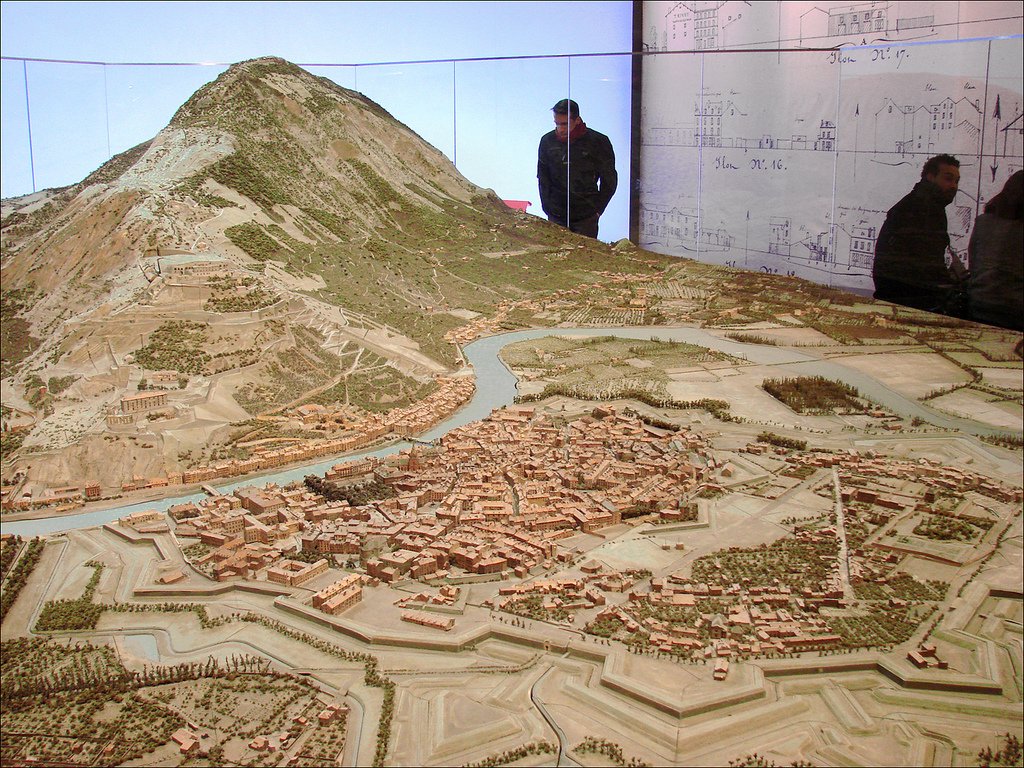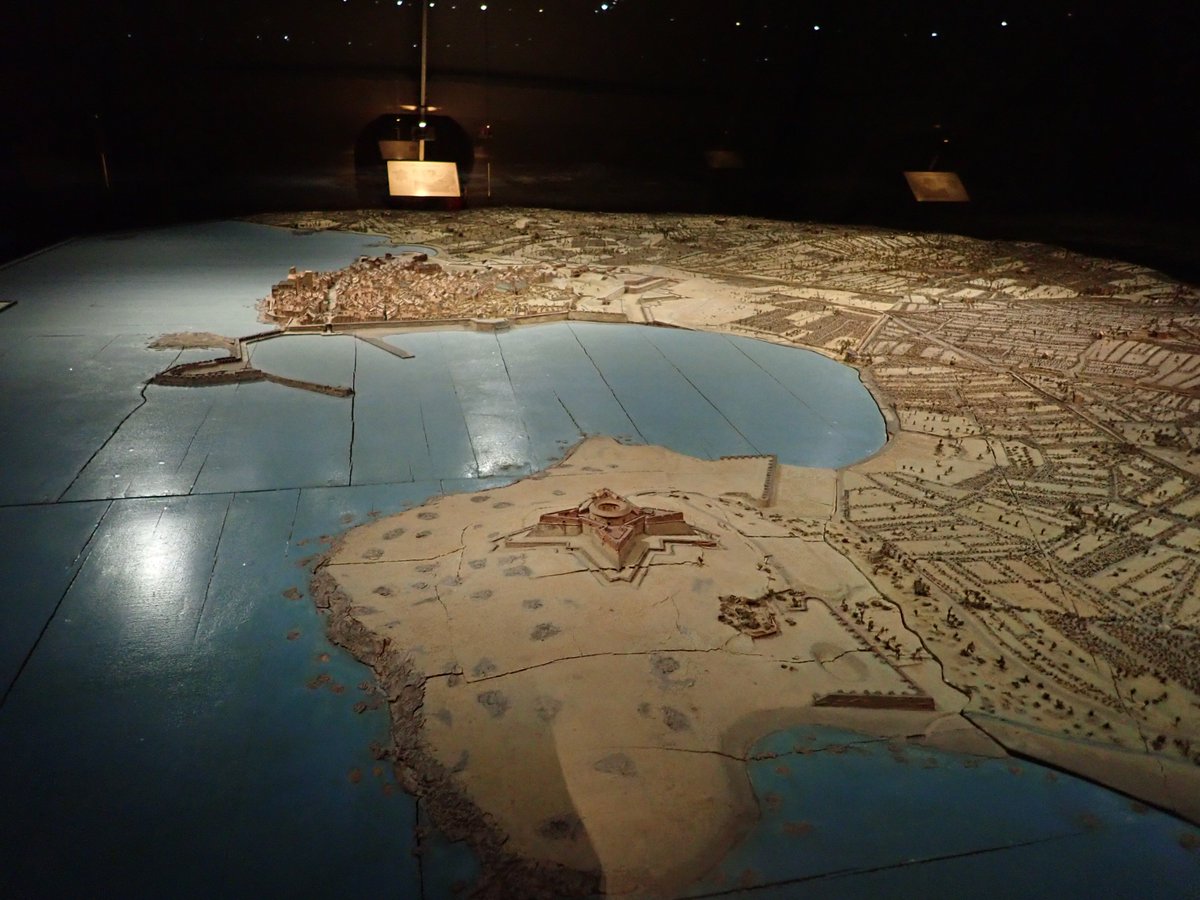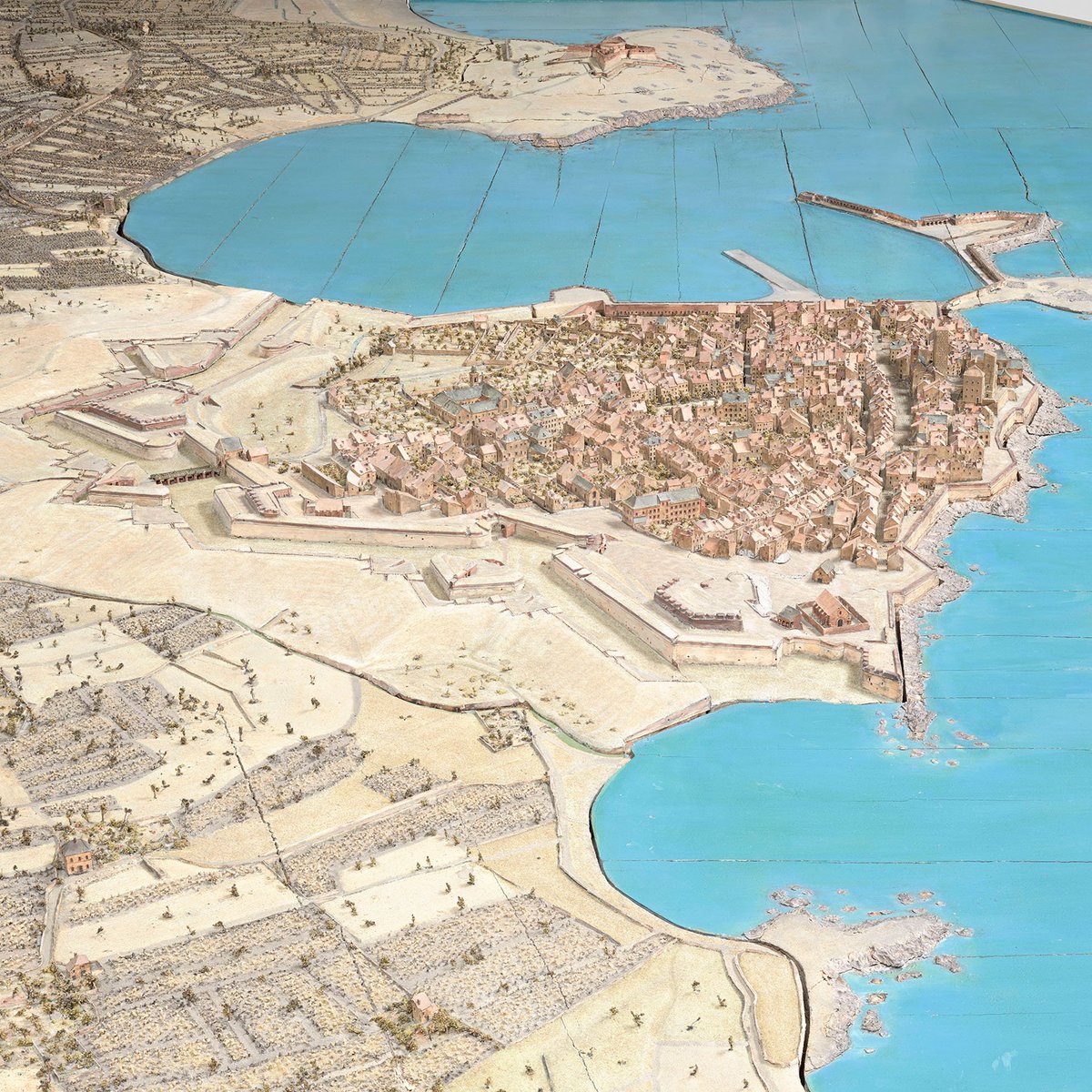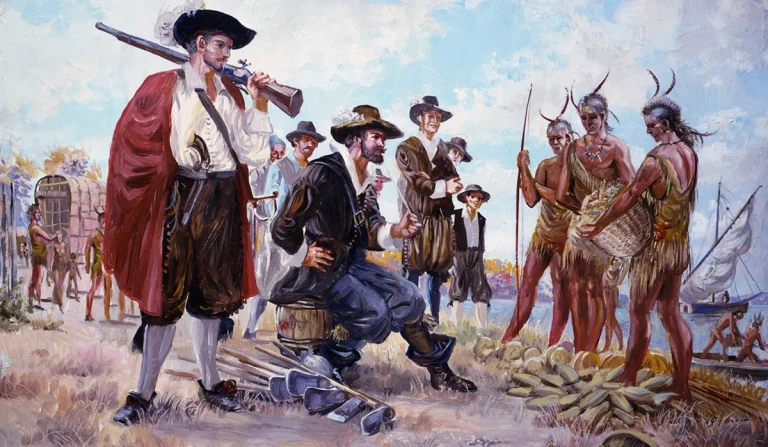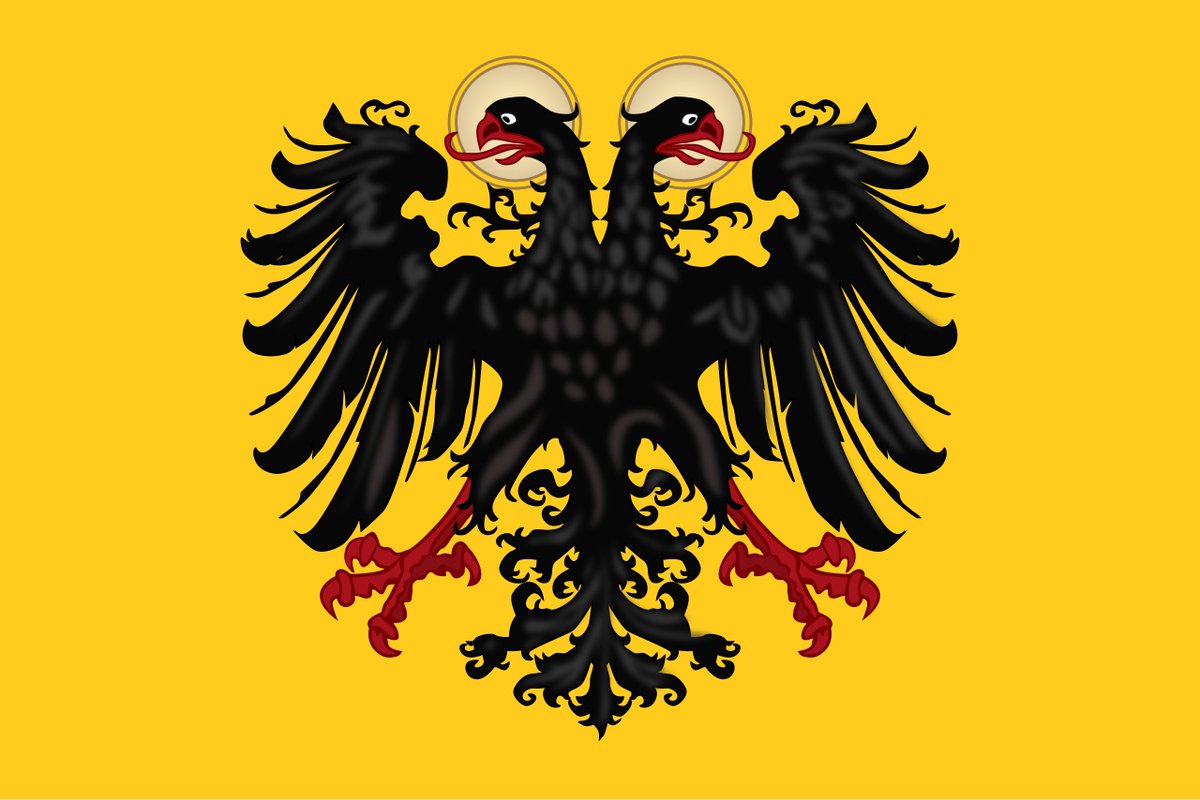15 March is also the anniversary of the Battle of Halmyros in 1311 where the Duchy of Athens was contested between two Catholic forces! The mercenary Catalan Company won a decisive victory over the crusader knights led by Walter of Brienne and took control of the Duchy! 


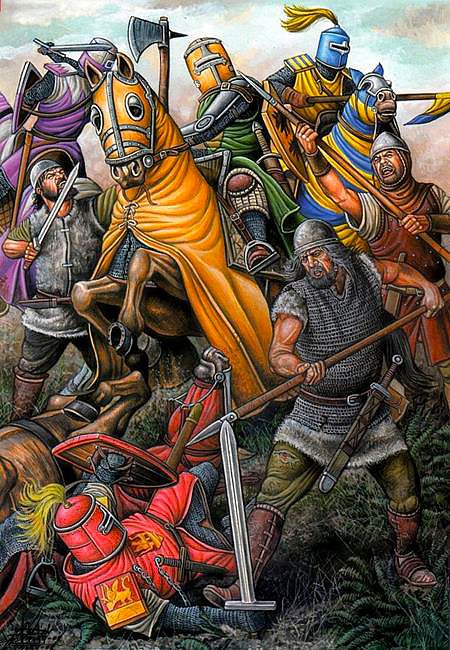
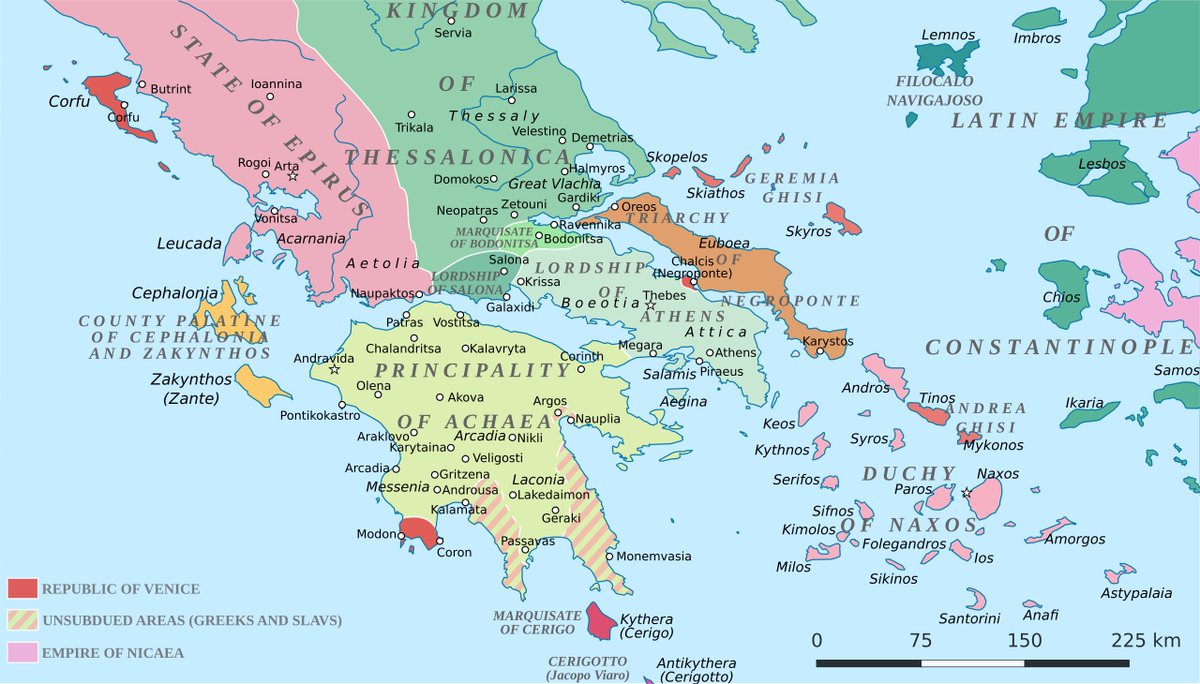

This battle was very important for the history of the crusader states established in Greek lands after the conquest of Constantinople in 1204. Even after the demise of the Latin Empire few crusader states like the Duchy of Athens still remained. 


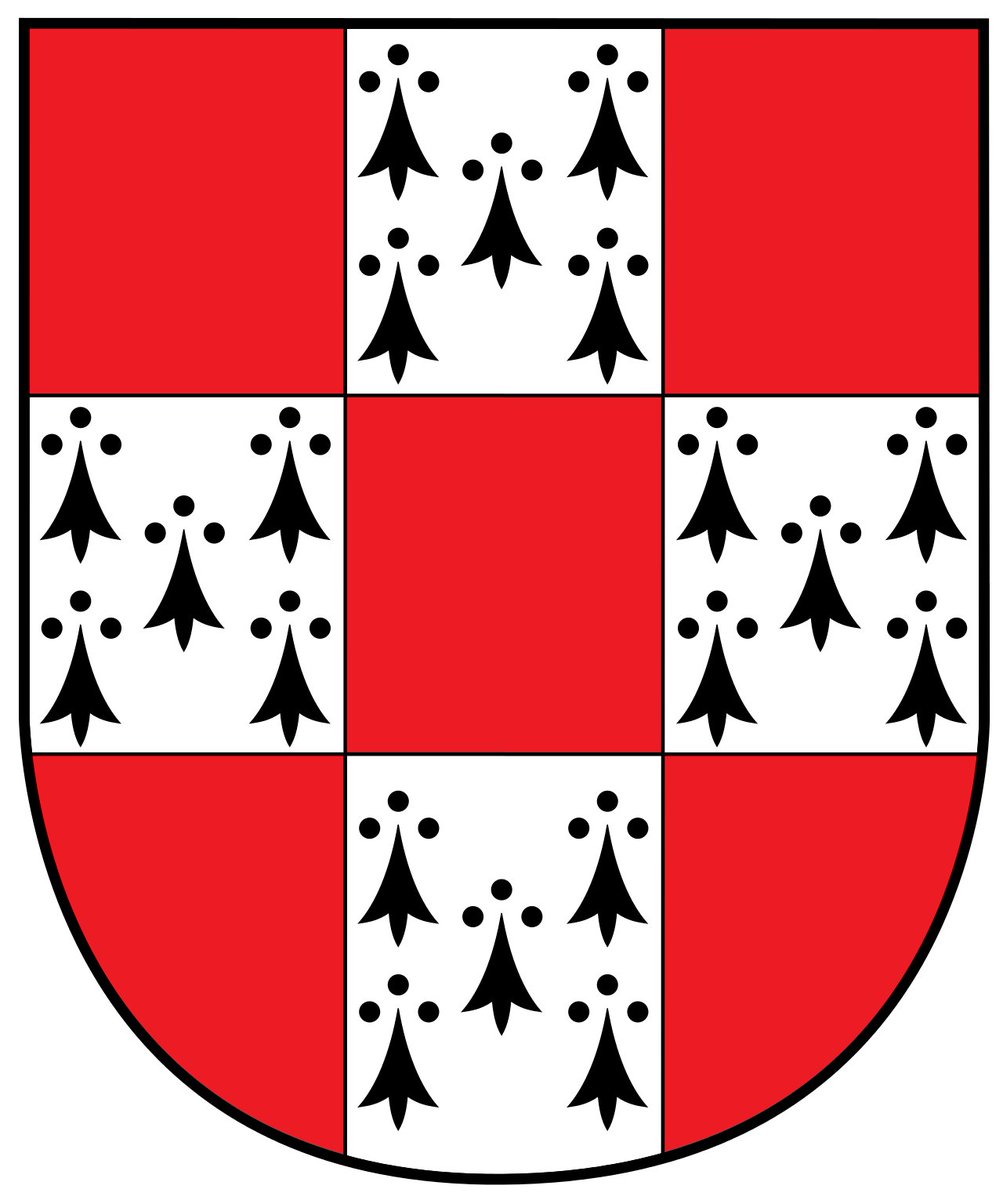

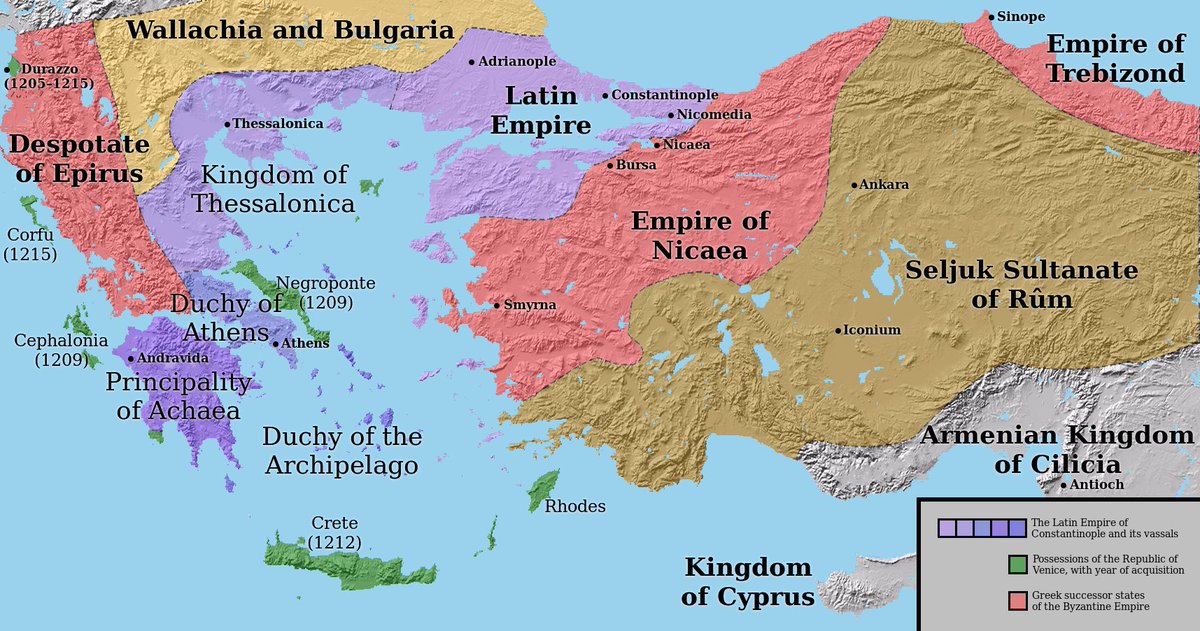
The Catalan Company had long been achieving great victories in this part of the world. Hired by the Byzantine emperor to fight off the Turks, the Byzantines eventually turned on them but the Catalans defeated them as well and pillaged the lands. 
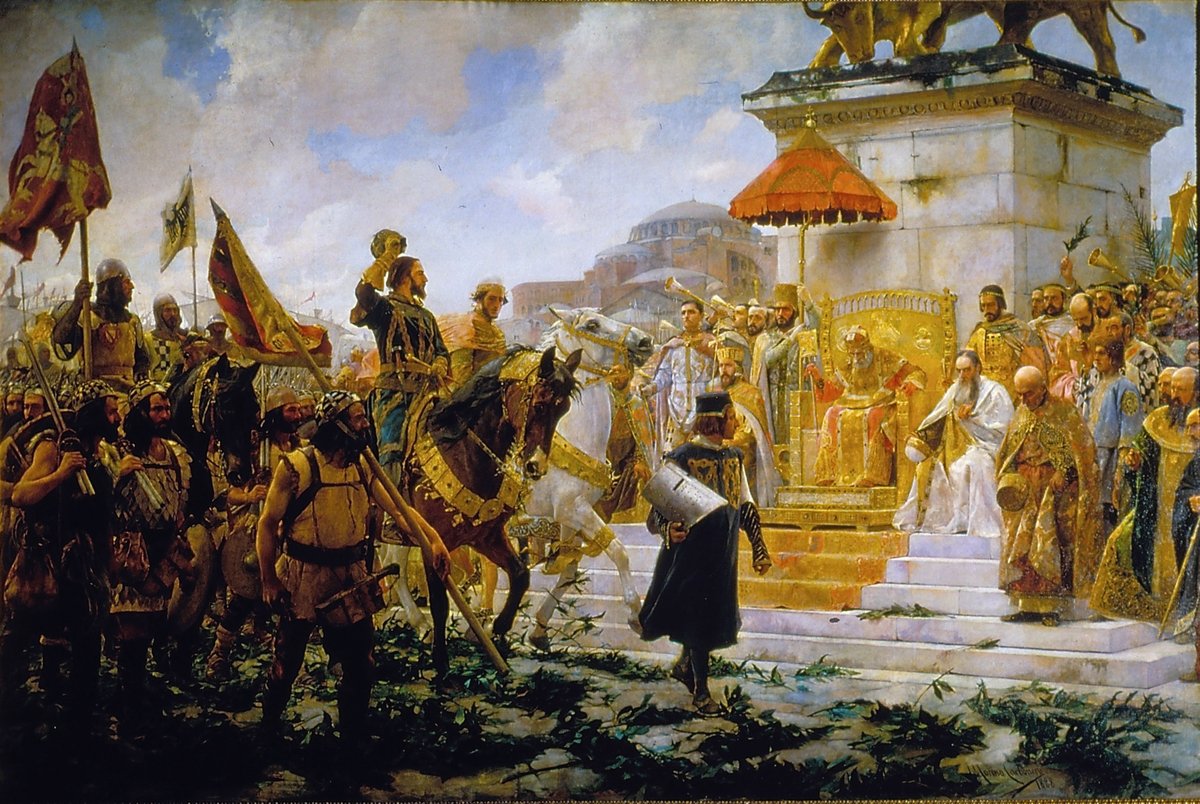
The Catalan Company consisted of veteran warriors from the Crown of Aragon who had fought in the War of the Sicilian Vespers against the french. Many of them were famed almogavars, the shock light infantry troops. They were also joined by many Turkish cavalrymen mercenaries. 

In 1310 the Duke of Athens Walter V of Brienne decided to hire these Catalan mercenaries to destroy his Greek rivals. He knew the Catalans well as he engaged with them in the War of the Sicilian Vespers and probably learned Catalan when he was held as a hostage. 


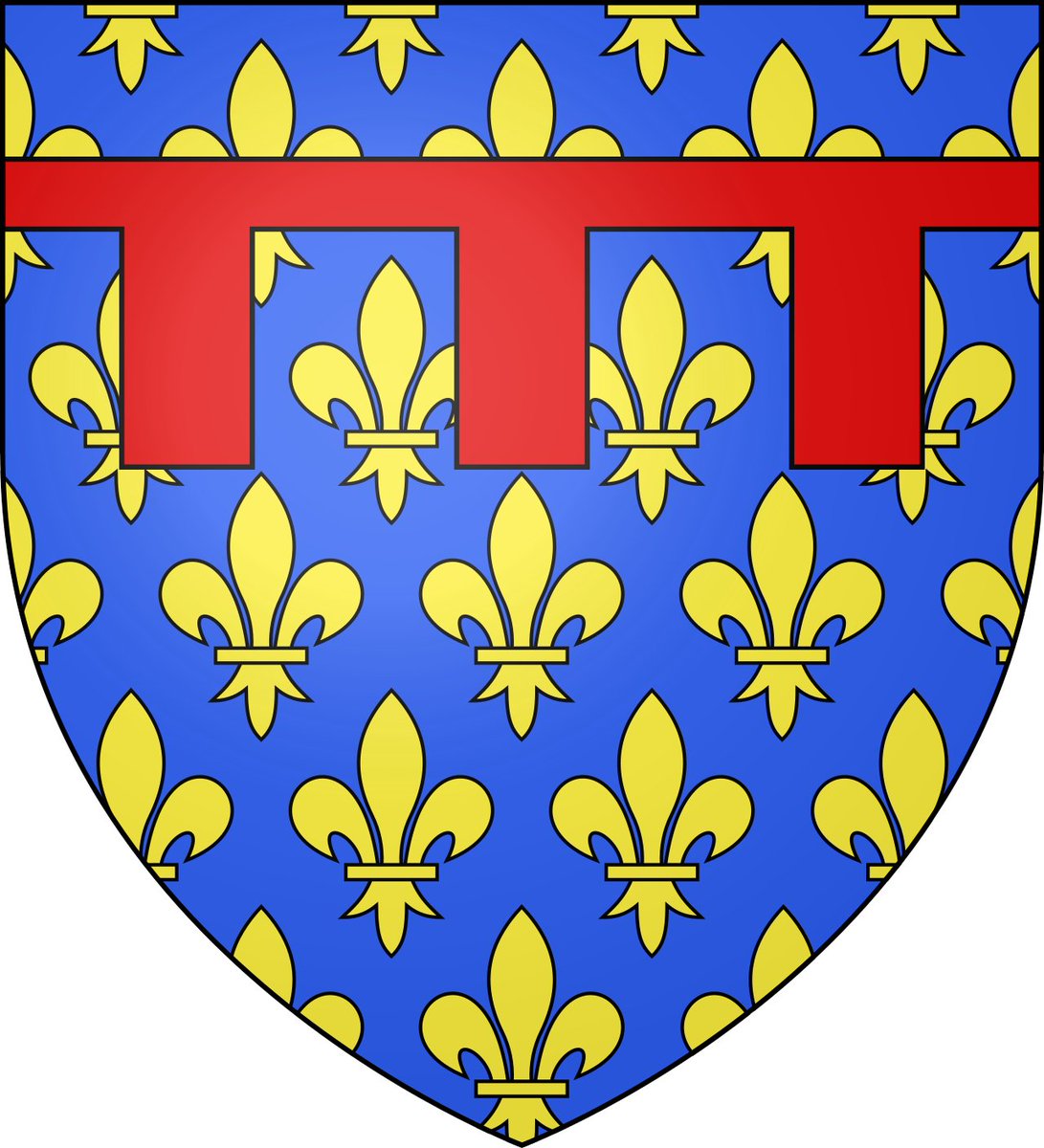
However the large Catalan force of around 8000 men proved to be very costly and Walter decided to cut the expenses by picking out only 200 of the best cavalrymen and 300 of the best infantrymen and giving them land while not paying the rest of the mercenaries he hired. 


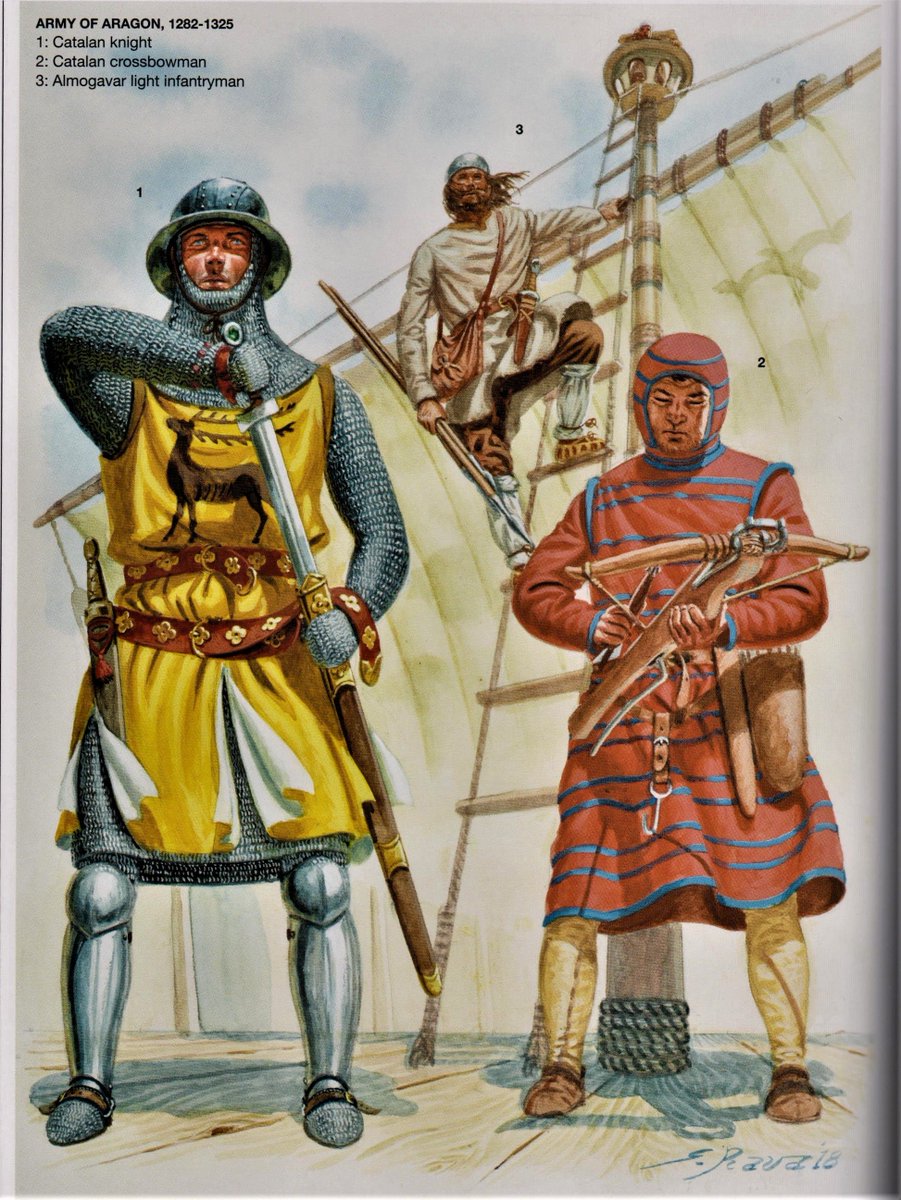
Walter threatened the remaining Catalans that they need to leave or they will be forced to. The angry Catalans decided to do battle instead. Walter was prepared and assembled a large army, calling the noblemen of the crusader states in Greece to assist him! 

The men of the Catalan Company knew that they were up against a much superior cavalry force and that they needed to withstand their devastating charge. They picked a very good battle position protected by a swamp to slow down the cavalry charge and waited for the attack. 

There was a weird situation before the battle as the Turkish mercenaries in the Catalan Company were not convinced the Catalans actually wanted to fight their fellow Catholic crusaders and thought this was some kind of trap to get rid of them. They stayed away from combat. 
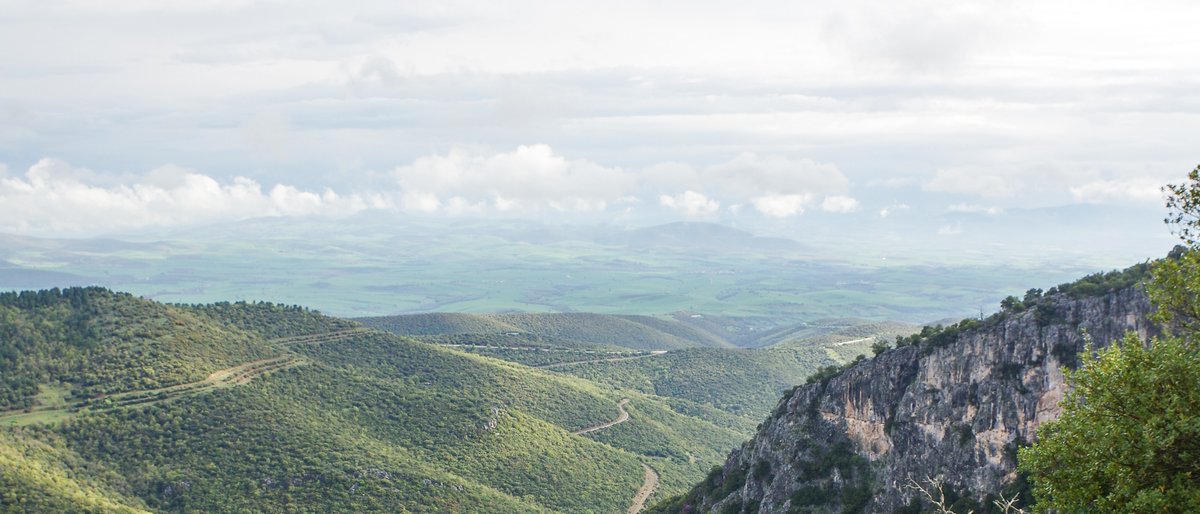
Meanwhile the elite 500 Catalan mercenaries that Walter hired also didn't want to fight and told him that they want to switch sides. "Lord, our brothers are here, whom we see you wish to destroy, which is a great sin; therefore we tell you that we wish to go and die with them." 

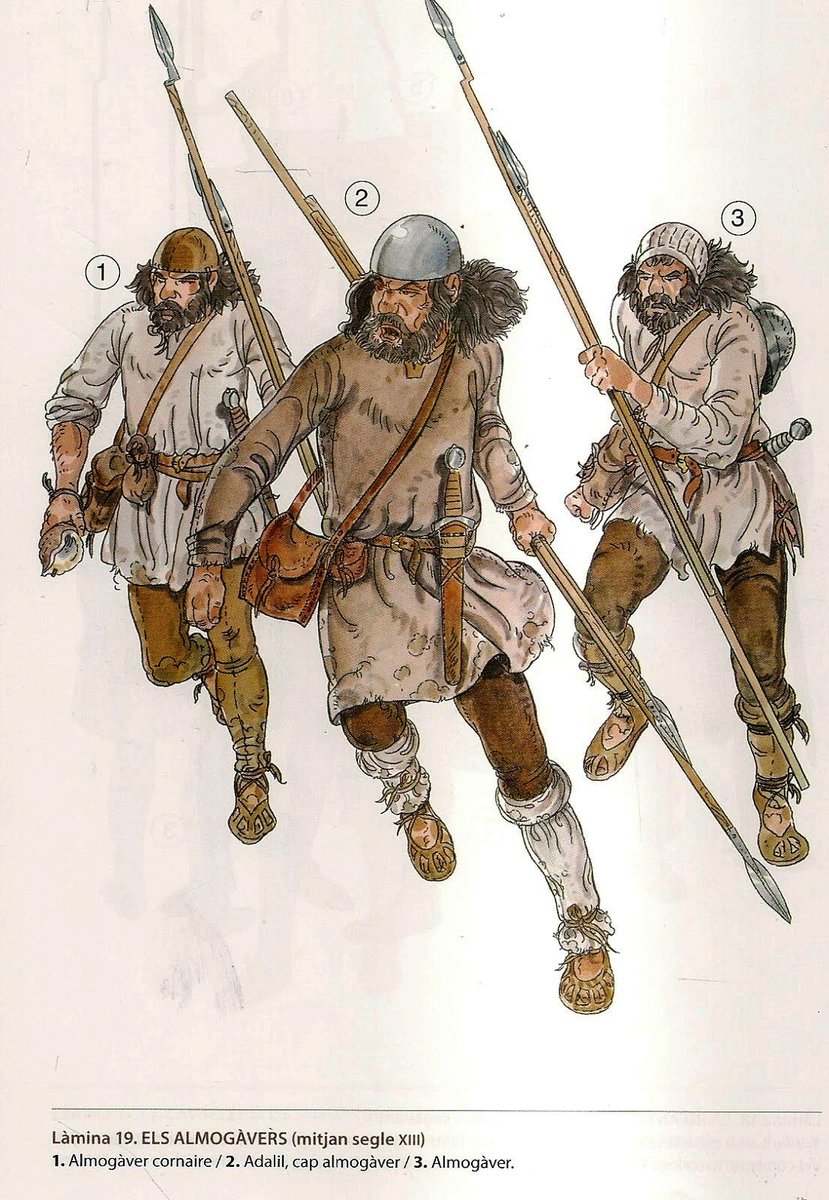
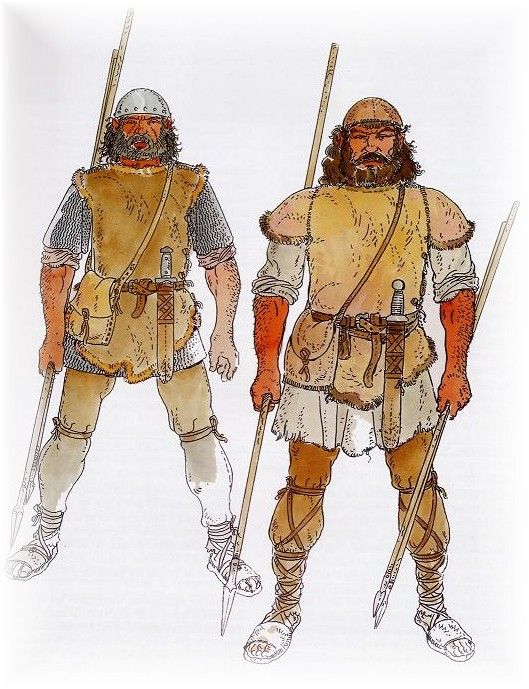
Walter was confident in his victories and allowed the Catalans to go to the other side to fight against him. He ordered a cavalry charge on the enemy but the charge failed and got bogged down in the swampy ground. The skilled almogavars took great advantage of that. 
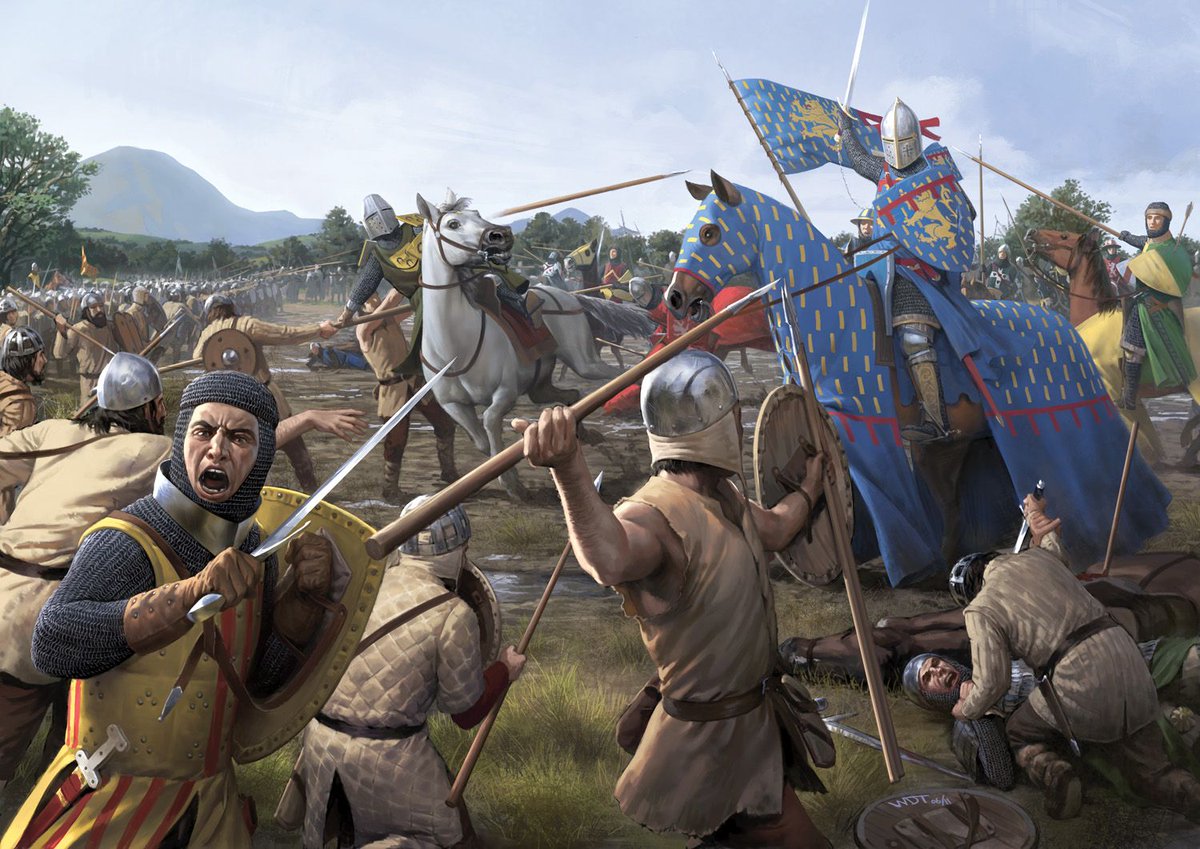
The infantry of the Catalan Company was able to inflict heavy losses on Walter's knights, assisted by their own cavalry. The Turks saw that this was a real battle and finally joined in as well, helping the Catalan Company by flanking the enemy. 
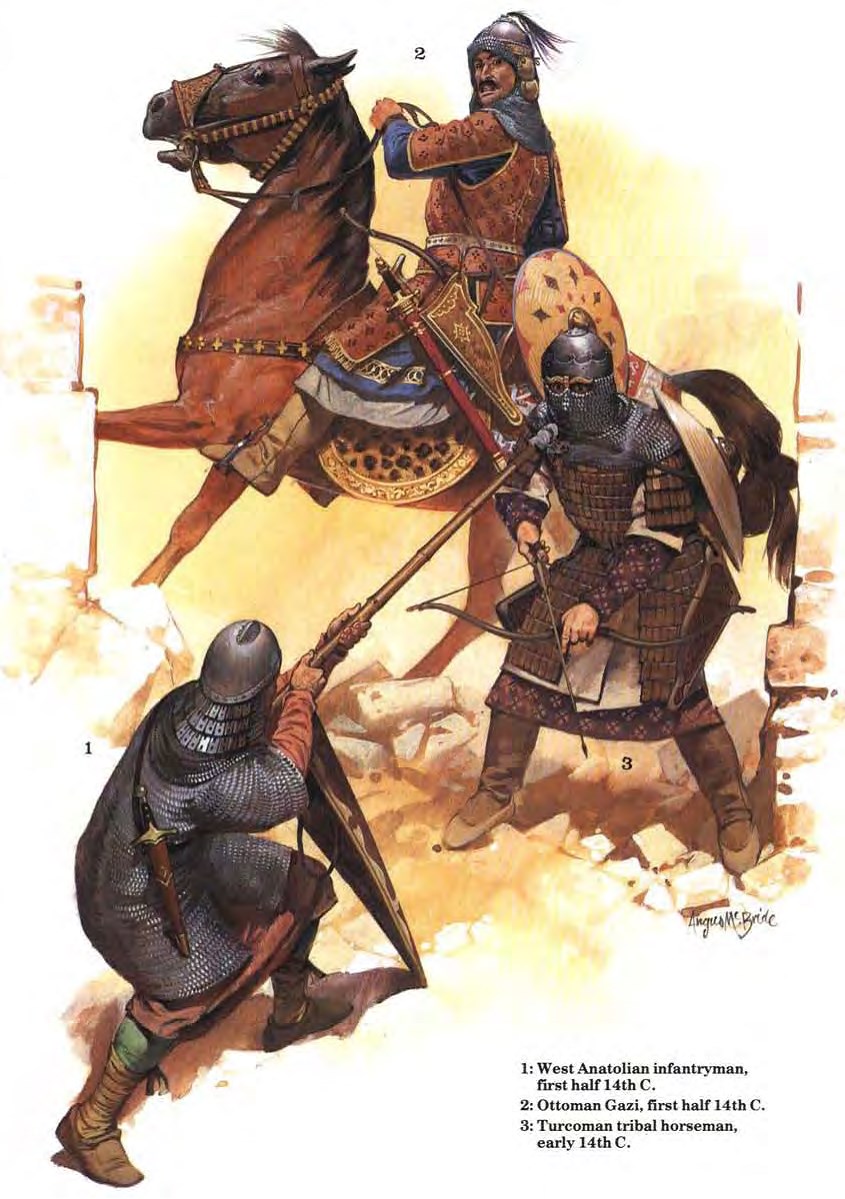
The Catalans were well versed in such combat. Their tactic was to bog down the enemy cavalry then assault it with javelins and turn it into a melee where the shock effect of the charge would be neutralized, while also employing their own cavalry to assist them and flank enemies. 

The battle was won by the Catalans who inflicted huge casualties on their foes, killing almost all of the knights including Duke Walter and thereby effectively destroying the aristocracy of Duchy of Athens, changing the history of Frankish Greek states forever! 

With this victory the Catalans effectively took over the Duchy of Athens. Because they were without a true leader and needed an established aristocratic name to run the Duchy, they accepted Manfred son of King Frederick III of Sicily as the new Duke of Athens in 1312. 



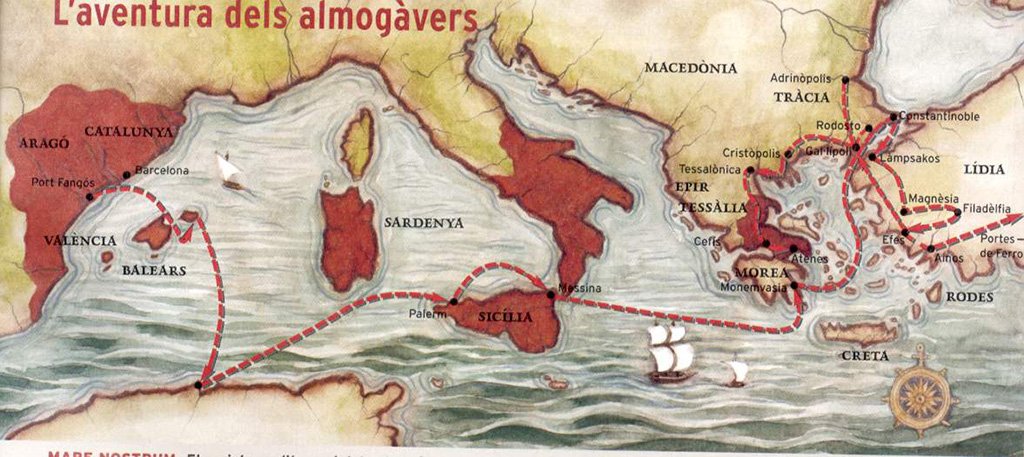

• • •
Missing some Tweet in this thread? You can try to
force a refresh


